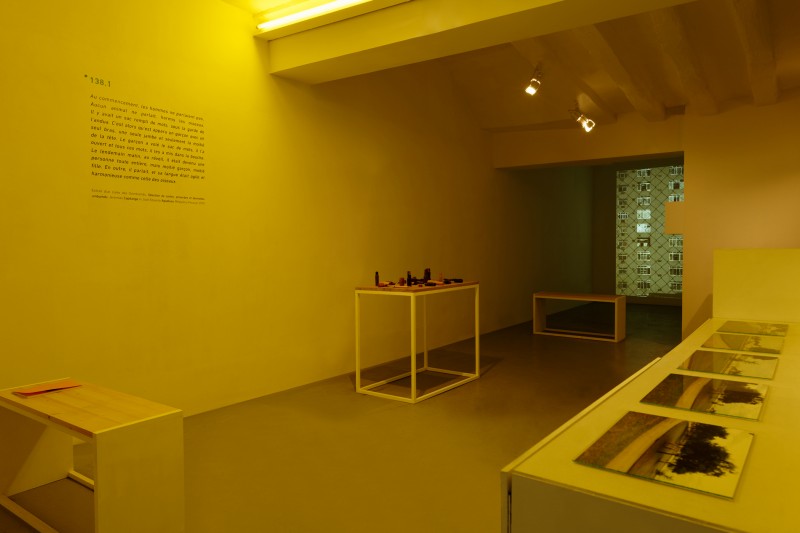
08.12 – 22.12.2018 // 08.01 – 02.02.2019
Performance by Clarissa Baumann, Passarada, with Kidows Kim et Olavo Vianna, on Saturday December 08th 2018 at 7 pm
_____________________
How can language construct a sense of closeness with the world? How can it translate an awareness of the surrounding space? And what could be said if this language were to become inaudible, having dispensed with words? These are the questions posed by Clarissa Baumann in her monographic exhibition at the Dohyang Lee Gallery. The title Protopoem: Sol, Sono & Urubus, in this regard, announces slow, aerial tones – sun, sleep and the vulture, when translated from the Portuguese – even if their French pronunciation suggests other colours: ground and sound, whereas urubus resonates through its strangeness and leads us to an imaginary idiom. Under these conditions, the protopoem could be the language primer of an intuition that nothing can confirm. Only momentum and groping movements, as if it remained suspended between two airs, destined to operate in perpetual incompletion.
We notice straight away that Clarissa Baumann’s propositions suggest a retreat from immediacy in her evocations and interpretations. Performance, video and text attest to this, since her manner of proceeding by reunification and interconnections seems to circumscribe a form of reality composed of different layers, which would have gone astray in a single form. Without losing any of the poetry that befits instigations whose outlines are not always perceivable, Clarissa Baumann’s intended trajectory proceeds in this manner by accumulating symptoms and hidden suggestions, based, nevertheless, on a text by Angolan author Jose Eduardo Agualusa, Milagrário Pessoal : two passages are exhibited on the gallery walls. The narrative, between fable and fiction, relates a series of events in which a character inherits a language comparable to that of birds. The writing, as well as the narration, plays with neologisms and phonetics in order to draw connections between language, spatiality and animality. A notion of territory is highlighted, in particular when its appropriation operates not only on the mode of convention or arrangement, but through abstract, intuitive gestures, those composed by the body, voice, memory and, assuredly, language.
In this context, the performance Passarada, which opens the exhibition, creates an ideal frame for the issues that concern Clarissa Baumann, while offering a certain number of intermediary paths. Coordinated with Kidows Kim and Olavo Vianna, 24 handcrafted wooden decoys are activated among the public, then worn on faces in order to dissimulate features. What appears then is akin to a mask whose physiognomy, between archaic vestige and ritual object, recalls forgotten or fantastical times. The origin of the sound gradually fades away, mixing with the other sound pieces in the gallery. With this in mind, three elements can be specified.
Of utmost importance are the gestures and manner in which hands sculpt meaning in the air. In Clarissa Baumann’s work, hands always seem to possess choreographic reality, as can been seen in the video TAC TAC (Bate-Pedra), also on display, in which two stones are struck continually one against the other until fatigue wears them away. Hands, globally, seem to speak of the primordial interaction that every body and being weaves into the immediate surrounding environment, in order to affirm ones presence and capacity of interaction.
Secondly, the fact of dissimulating the face behind these same hands clarifies a narrative in which one makes oneself invisible from the eyes of the world; not because one is afraid of being recognized, but in order to reduce the identity codes we live by. To become imperceptible, unnamed, united to the ample, uniform multitude, like a breath of air, is undoubtedly a way of being inscribed in a cohesive relationship with all that exists. Consequently, one measures the surrounding rhythm and flow, both present and indistinguishable, as can be seen in the video Araponga, which plunges us into the vast maze of a jungle, lost among the cries and songs of the thousands of beings who live there.
Thirdly, one considers the proximity with the animal kingdom, not in the perspective of copying it, resembling it or being transformed into one of its representatives, but in order to prolong its roaming. Animals are no different from us as human beings seen from this point of view. They are living beings dealing with their milieu, which is also our milieu, although unknown and invisible. It may be more accurate to perceive, through the language of birds in Agualusa’s text, the acquisition of the ability to free ourselves of our humanity overly subjected to arbitrarily decided foundations – what may be called culture – in order to recover an essential standing point, a situation that could be qualified as non-human.
Through Clarissa Baumann’s diverse inspirations, one perceives her acute manner of collecting the minute nuances of our surroundings, at times on a banal scale, leading nevertheless to issues of a much wider range. The core of her practice could be defined as the necessity of collecting these nuances, in order to read them and interpret them. It is no coincidence that the question of language, among other themes, appears so insistently in her work. Words personify self-expression in all attempts to address the world, while they also make up for a way of being impregnated by the world. These words, however, are only words; they are interchangeable, and what counts, finally, Clarissa Baumann seems to tell us, is the effusion of sensitivity that flows from them, their texture, especially when they have been collected by using methods other than those of the eyes of the spirit. Within this framework, the exhibition Protopoem: Sol, Sono & Urubus invites us to a stance that is both poetic and contemplative.
Translated in English by Emmelene Landon.
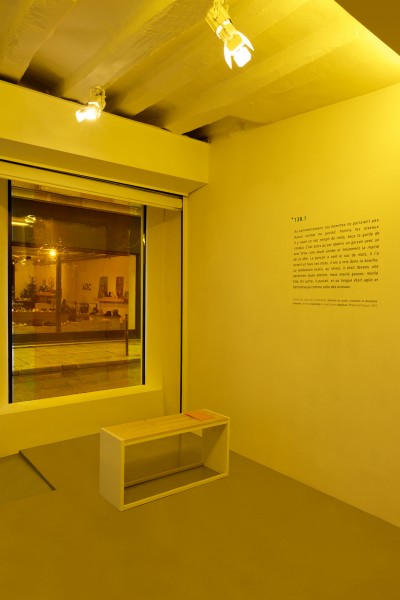
Clarissa Baumann, Coucher du soleil dans la salle de séjour, 2018, installation, 020 medium amber film, variable dimensions
Index Jaune, 2018, micro-edition, digital printing, 21 x 14,8 cm, 43 pages, edition of 20 + 2 AP
*138.1 *207.4.1, 2018, installation, adhesive stripes, variable dimensions. Photo © Aurélien Mole
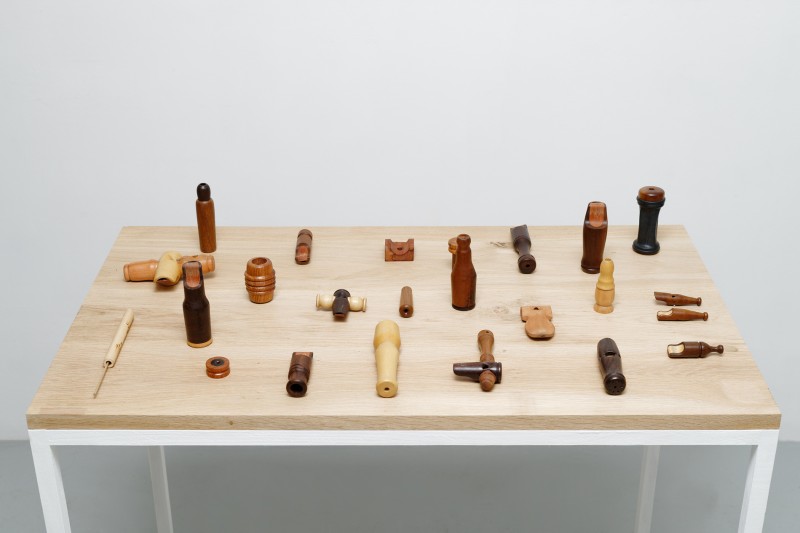
Clarissa Baumann, Passarada, 2018, 24 handcrafted wooden decoys, made by ‘Casa dos Torneados’, Brazil.
by Clarissa Baumann with Olavo Vianna and Kidows Kim. Photo © Aurélien Mole
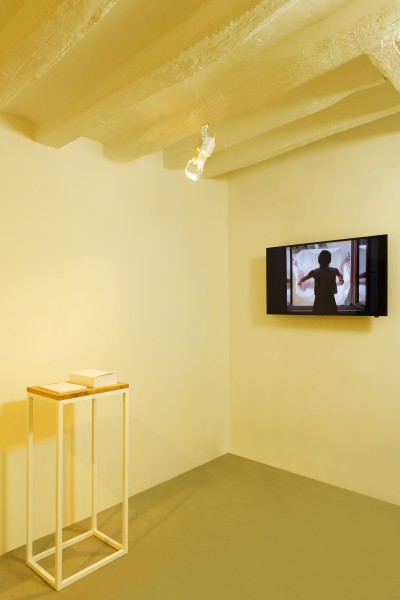
Clarissa Baumann, *0, *0 Index, 2014 – 2017, book in two volumes, 21 x 14,8 cm, 22 and 360 pages, edition of 5 + 2 AP
Étude pour la lumière en geste simple, 2018, HD video, sound, color, 5’27’’, edition of 5 + 2 AP. Production La Non Maison, Aix en Provence, France. Photo © Aurélien Mole
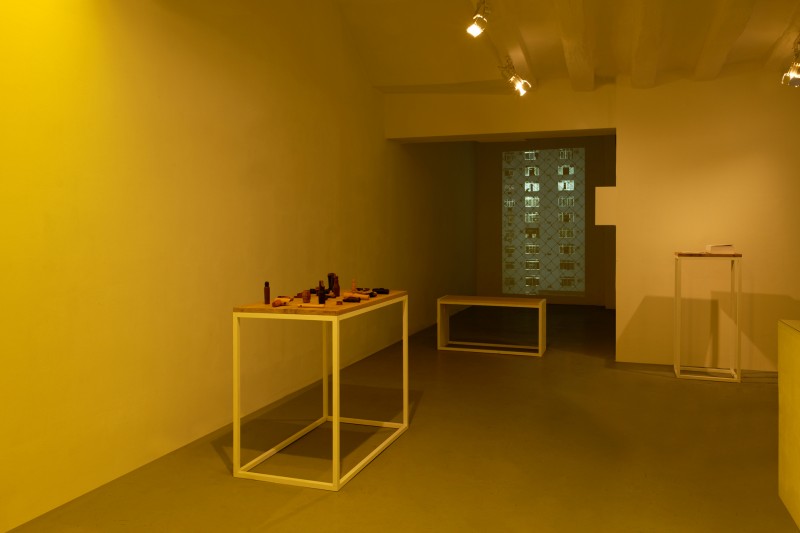
Clarissa Baumann, Passarada, 2018, 24 handcrafted wooden decoys, made by ‘Casa dos Torneados’, Brazil.
Performance by Clarissa Baumann with Olavo Vianna and Kidows Kim
Pôr do sol na sala de estar (Coucher du soleil dans la salle de séjour), 2018, HD video, sound, color, 40’, edition of 5 + 2 AP
*0, *0 Index, 2014 – 2017, book in two volumes, 21 x 14,8 cm, 22 and 360 pages, edition of 5 + 2 AP. Photo © Aurélien Mole
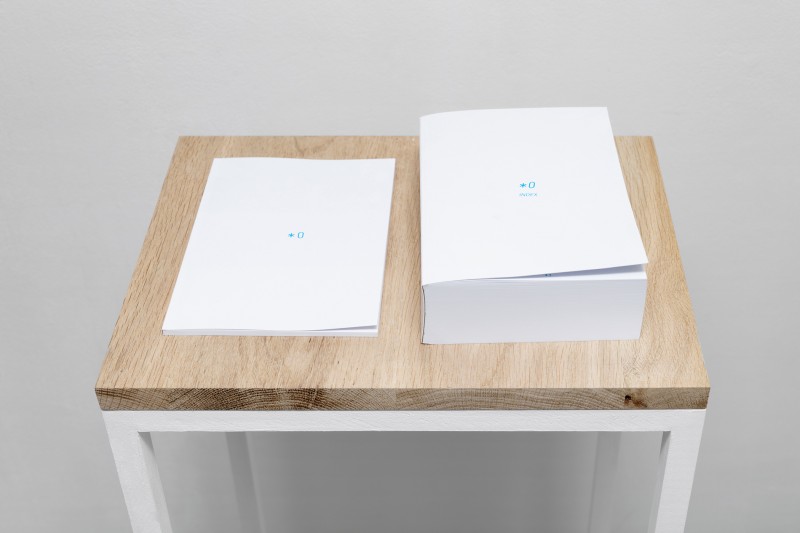
Clarissa Baumann, *0, *0 Index, 2014 – 2017, book in two volumes, 21 x 14,8 cm, 22 and 360 pages, edition of 5 + 2 AP. Photo © Aurélien Mole
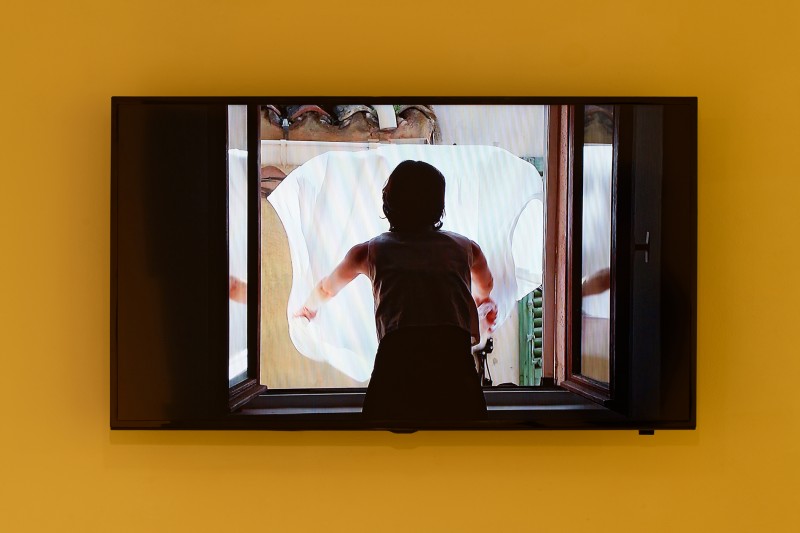
Clarissa Baumann, Étude pour la lumière en geste simple, 2018, HD video, sound, color, 5’27’’, edition of 5 + 2 AP.
Production La Non Maison, Aix en Provence, France. Photo © Aurélien Mole
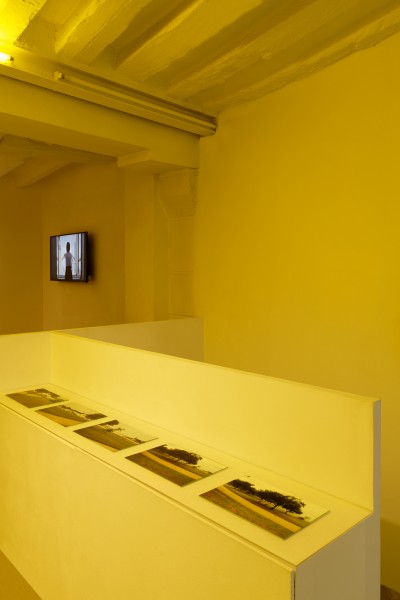
Clarissa Baumann, Étude pour la lumière en geste simple, 2018,
HD video, sound, color, 5’27’’, edition of 5 + 2 AP.
Production La Non Maison, Aix en Provence, France
Danse de Parangolés dans les jardins du MAM, Rio de Janeiro, 2011, serie of five photograhies, inkjet printings of a pigment ink on 290g Bamboo Hahnemühle paper, 25,5 x 17 cm each, edition of 5 + 2 AP.
Photo © Aurélien Mole
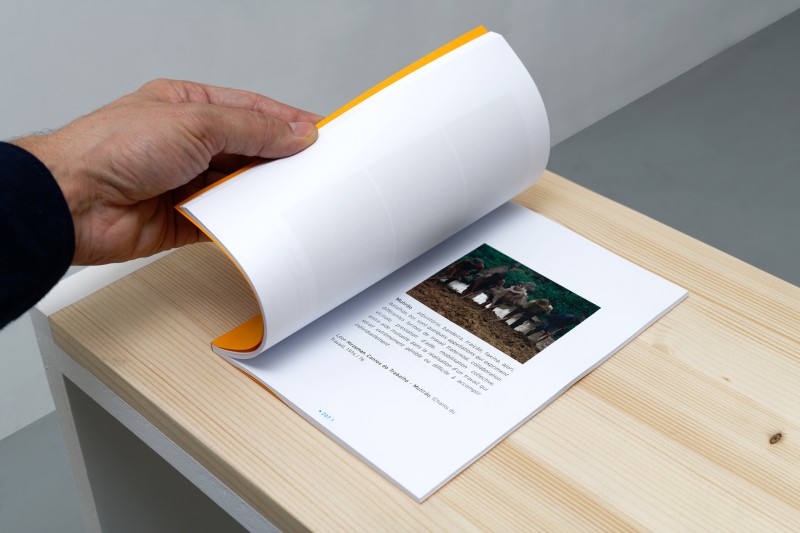
Clarissa Baumann, Index Jaune, 2018, micro-edition, digital printing, 21 x 14,8 cm, 43 pages, edition of 20 + 2 AP. Photo © Aurélien Mole
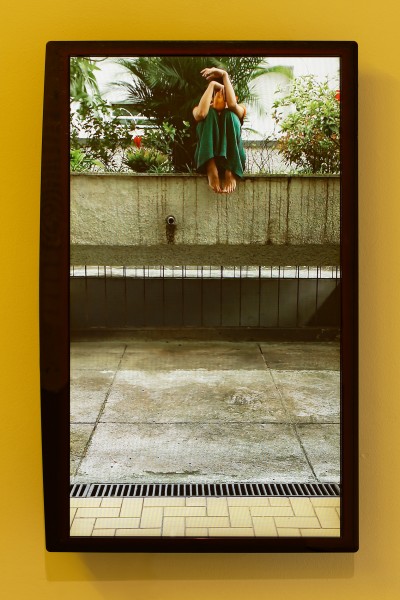
Clarissa Baumann, Pé de Mamão, 2016, protopoem video, HD video, sound, color, 2’28’’, edition of 5 + 2 AP. Photo © Aurélien Mole
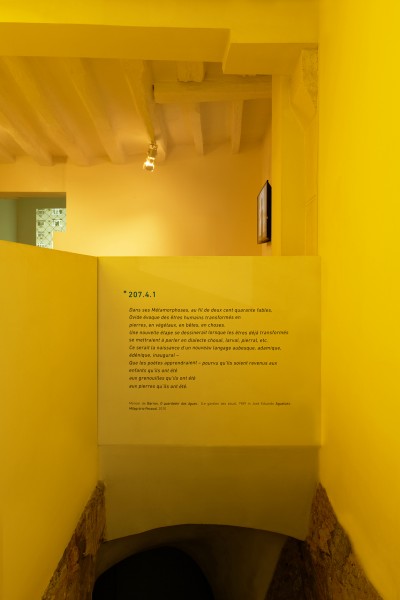
Clarissa Baumann, *138.1 *207.4.1, 2018, installation, adhesive stripes, variable dimensions. Photo © Aurélien Mole
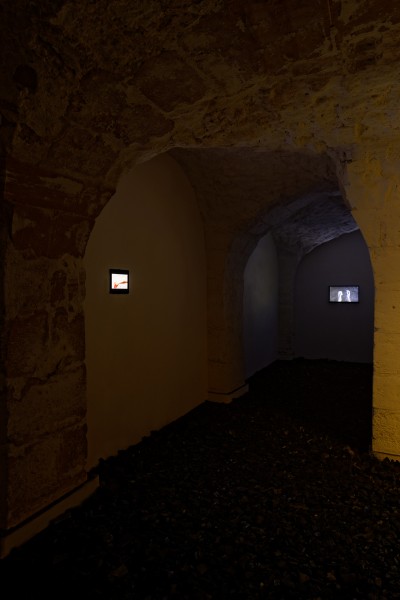
Clarissa Baumann, Luzia, 2018, installation, mineral charcoal on the floor, variable dimensions
Recto, verso (Feuille d’amandier), 2017, HD video, mute, color, 1’59’’, edition of 5 + 2 AP
Paire de mains et fenêtre ( De par em par ), 2017, HD video, mute, color, 5’27’’, edition of 5 + 2 AP
TAC TAC ( Bate-Pedra), 2018, HD video, stereo sounds, color, 54’36’’, edition of 5 + 2 AP. Photo © Aurélien Mole
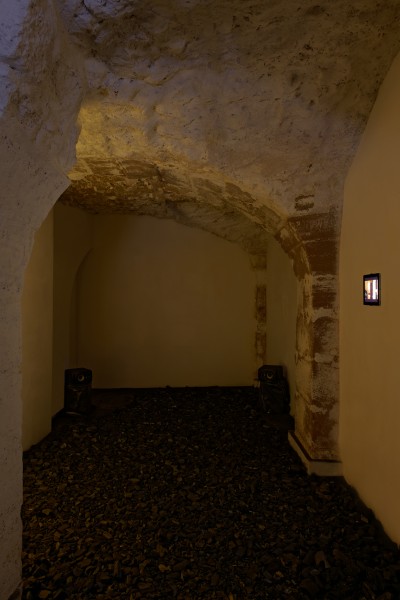
Clarissa Baumann, Luzia, 2018, installation, mineral charcoal on the floor, variable dimensions
Recto, verso (Feuille d’amandier), 2017, HD video, mute, color, 1’59’’, edition of 5 + 2 AP
Paire de mains et fenêtre ( De par em par ), 2017, HD video, mute, color, 5’27’’, edition of 5 + 2 AP
Perfurando as rochas (Canto dos cortadores de pedra) (Chant des perforateurs de roches), sound diffusion, stereo sound, 1’31’’, album by L. H. Corrêa de Azevedo, Music of Ceará and Minas Gerais – The Endangered Music Project, 1997. Sung by Geraldo Amaro, José Hipolito, Teófilo da Silva
Secando a água (Canto dos mineiradores) Séchant de l’eau ( Chant des mineurs), sound diffusion, stereo sound, 0’53’’, album by L. H. Corrêa de Azevedo, Music of Ceará and Minas Gerais – The Endangered Music Project, 1997. Sung by Joaquim Caetano de Almeida
Cuillère, 2017, sound work, stereo sound, 5’47’’, edition of 5 + 2 AP. Clarissa Baumann (sound caption), Olavo Vianna, (composition and mix), Louise Leverd (cello). Photo © Aurélien Mole
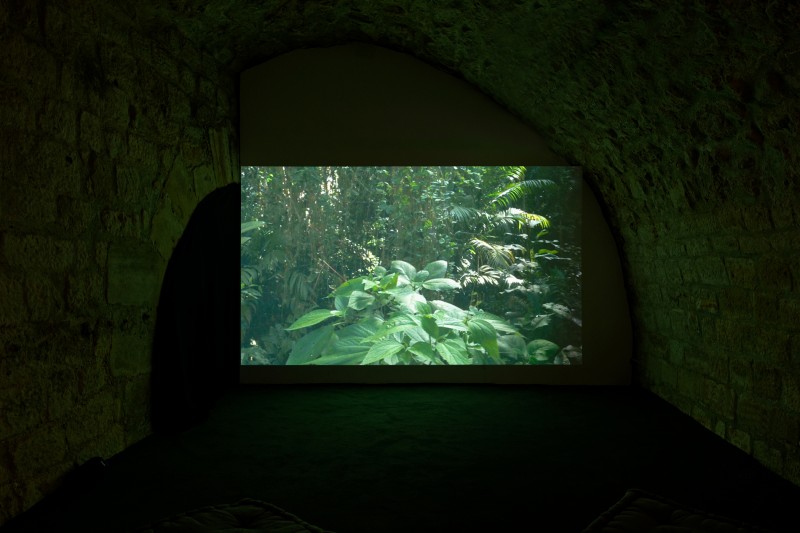
Clarissa Baumann, Araponga, 2016 – 2017 – sound landscape, HD video, color, AAC sound, 2 channels, 48000 Hz, 6’25’’.
Image – caption and edition : Clarissa Baumann. Sound – caption and edition : Olavo Vianna. Edition of 5 + 2 AP. Photo © Aurélien Mole
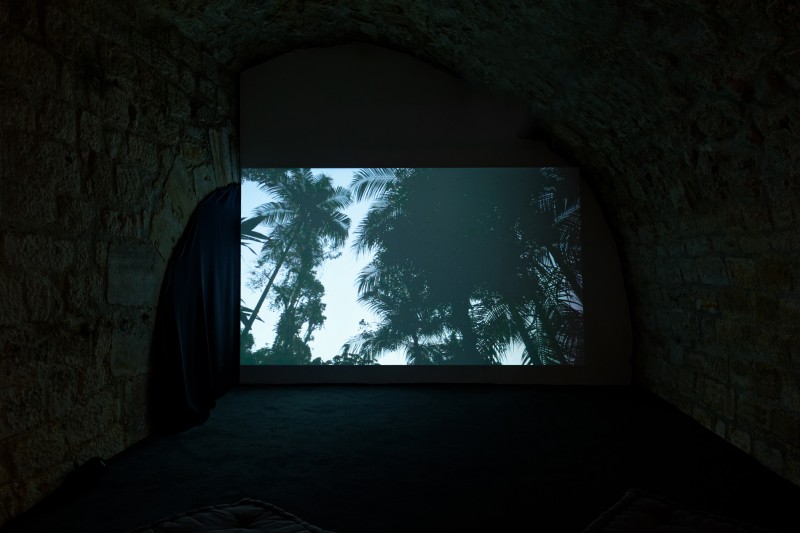
Clarissa Baumann, Araponga, 2016 – 2017 – sound landscape, HD video, color, AAC sound, 2 channels, 48000 Hz, 6’25’’.
Image – caption and edition : Clarissa Baumann. Sound – caption and edition : Olavo Vianna. Edition of 5 + 2 AP. Photo © Aurélien Mole
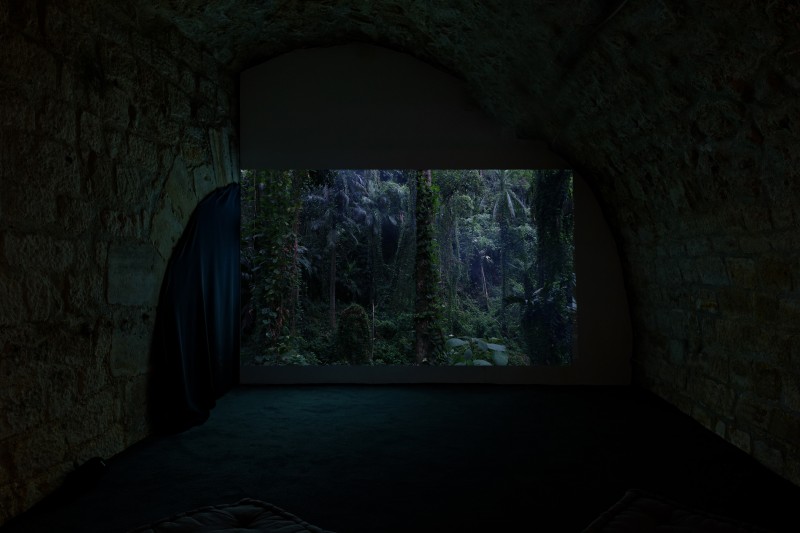
Clarissa Baumann, Araponga, 2016 – 2017 – sound landscape, HD video, color, AAC sound, 2 channels, 48000 Hz, 6’25’’.
Image – caption and edition : Clarissa Baumann. Sound – caption and edition : Olavo Vianna. Edition of 5 + 2 AP. Photo © Aurélien Mole
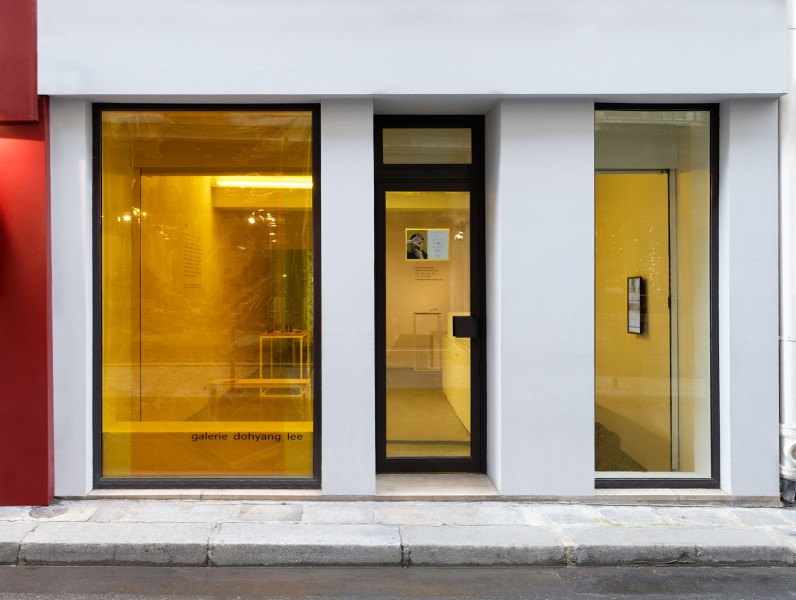
View from outside. Photo © Aurélien Mole
………………………………………………..
![]()
73-75 rue Quincampoix 75003 Paris France
Tuesday – Saturday 11 am – 1 pm // 2 pm – 7 pm
tel : +33 (0)1 42 77 05 97
www.galeriedohyanglee.com
![]()
![]()
![]()
………………………………………………..
